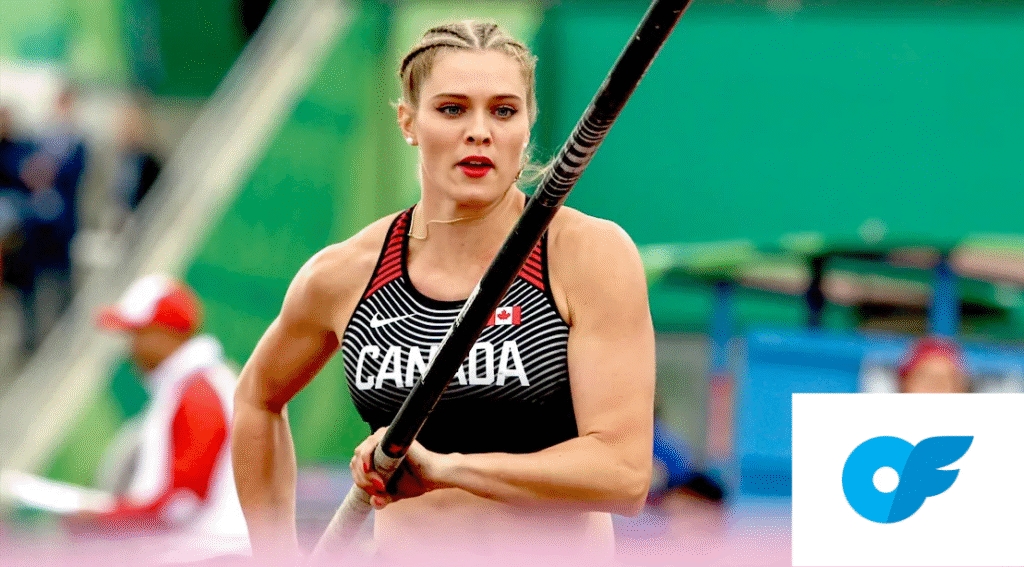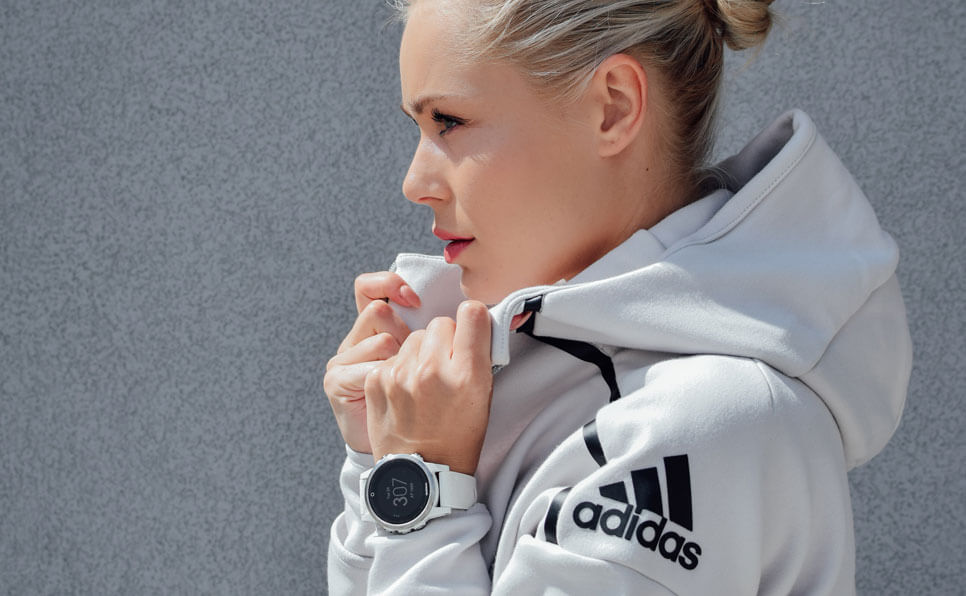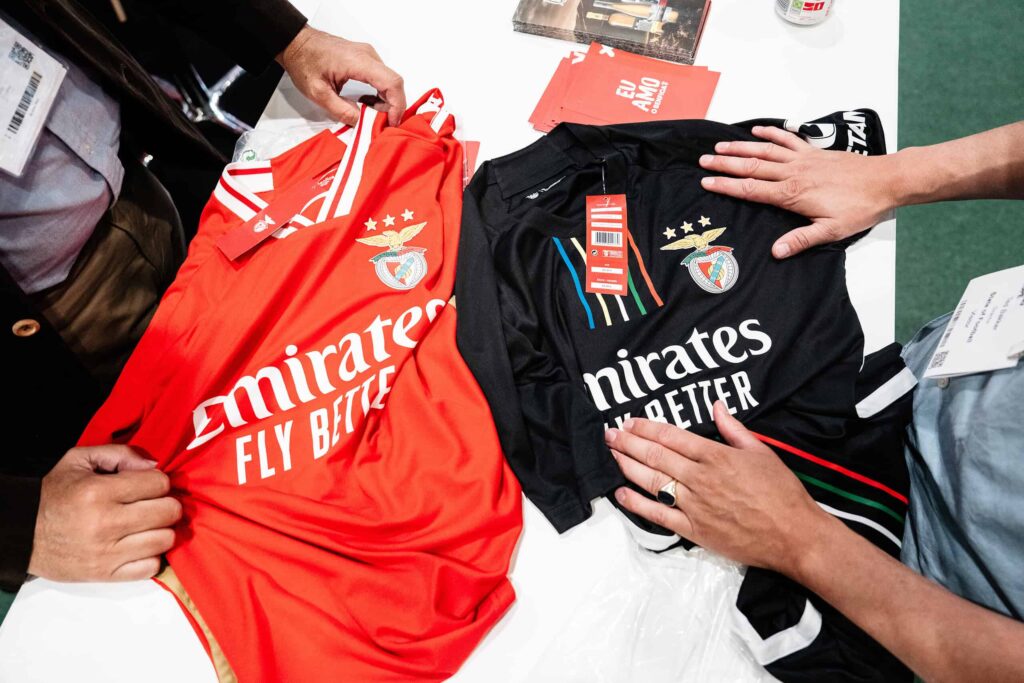The intersection of elite athletics and digital content creation has emerged as one of the more unexpected stories in modern sports. Over the past few years, a growing number of Olympic and professional athletes have turned to OnlyFans—a subscription-based platform primarily known for adult content—to supplement their income. While this development has generated headlines and controversy, the underlying story is less about sensation and more about the harsh financial realities facing even world-class athletes.
The Numbers Behind the Headlines
The trend became particularly visible during the 2024 Paris Olympics, where several athletes openly discussed their OnlyFans presence. What’s driving this shift isn’t a desire for controversy, but rather stark economic necessity. The financial challenges facing elite athletes, even those competing at the highest levels, reveal significant gaps in how we fund and support sporting excellence.
Three Athletes, Three Stories
Alysha Newman: From Bronze Medal to Business Reality
Canadian pole vaulter Alysha Newman made history at the 2024 Paris Olympics, winning Canada’s first-ever Olympic medal in women’s pole vault with a bronze medal jump of 4.85m. Newman has been one of a select few athletes posting on OnlyFans for several years, using the creator-focused subscription platform to interact with fans.
Newman’s OnlyFans site costs subscribers a little over $12 a month, providing her with an additional revenue stream beyond traditional athletic sponsorships and funding. Her case illustrates how even medal-winning athletes seek alternative income sources to support their careers.
Robbie Manson: The Stark Financial Reality
New Zealand rower Robbie Manson has been perhaps the most candid about the financial motivations behind his OnlyFans presence. The 34-year-old New Zealander told Reuters that the revenue from the subscription-based service used for publishing adult-themed content had vastly increased his income.
The numbers are telling: “I get more than double what I would be on otherwise as an athlete – read into that what you will, but I am making more from OnlyFans than I am from rowing at this stage,” said Manson. This frank admission highlights the economic reality many athletes face—that traditional funding mechanisms may not provide a sustainable living wage, even for Olympic-level competitors.
Jack Laugher: The Funding Gap
British diver Jack Laugher, an Olympic gold medalist, provides perhaps the most concrete example of the funding challenges athletes face. Laugher revealed that his funding “hasn’t changed since I went on in 2011. So when I first went on, it was £21,000 for the top eight in the world. And at the time, as a 16 year old, I was buzzing with that”.
However, as an adult athlete, the financial reality is different. The 30-year-old Laugher revealed that he only receives funding of £28,000 a year, or roughly $35,962 USD, and added that there are very few commercial opportunities for divers. According to Laugher’s teammate Tom Daley, in the run-up to the Olympics, divers train for upwards of eight hours per day, six days per week.
Subscribers pay €12 per month for access to his exclusive content, including photos and videos, providing a supplementary income stream that helps bridge the gap between funding and living expenses.
The Content Question
It’s worth noting that not all athlete content on OnlyFans is explicit. Many athletes use the platform to connect directly with fans without involving nudity or explicit material. Instead, they share exclusive insights into their training, lifestyle, and personal journeys, as a new way to build fan engagement.
Laugher’s father Dave Laugher insisted to BBC News his son only posts “safe content” of himself ‘in a pair of trunks’ and there was nothing explicit in these posts. Similarly, Laugher says his OnlyFans is for posting SFW content. SFW means safe for work, so you’re not going to be seeing his dong. He charges $10 a month and says “love posting SFW [safe for work] content in speedos, briefs, boxers”.
However, the platform’s business model and user expectations often create pressure for more revealing content, as that’s what tends to generate higher earnings.
The OnlyFans Business Model: A Different Economic Structure
Understanding why athletes gravitate toward OnlyFans requires examining the platform’s unique business model. Unlike traditional sports monetization, OnlyFans operates on a creator-friendly revenue split where creators keep 80% of their earnings, with the platform taking only a 20% commission.
This stands in stark contrast to traditional sports economics, where athletes often navigate multiple intermediaries—agents, leagues, sponsors, broadcasters—each taking their cut before money reaches the athlete. In professional sports, an athlete might see only a fraction of the total revenue generated by their performance after accounting for league fees, agent commissions, team overhead, and various other deductions.
The direct-to-consumer model eliminates these middlemen entirely. When Jack Laugher charges $10 per month for his content, he keeps $8 of every subscription. When Alysha Newman charges $12 monthly, she retains approximately $9.60. This immediate, transparent revenue share provides athletes with predictable income streams without the complex negotiations and waiting periods common in traditional sports sponsorships.
For athletes accustomed to waiting months for endorsement deals to materialize or dealing with performance-based bonuses that may never come, the immediacy and transparency of OnlyFans’ payment structure represents a fundamentally different economic relationship.
The Broader Economic Context
The athlete-OnlyFans phenomenon reflects broader issues in sports funding and athlete support systems. Several factors contribute to this trend:
Stagnant Funding: As Laugher noted, funding levels for many sports haven’t kept pace with inflation or cost of living increases over the past decade.
Limited Commercial Opportunities: There are very few commercial opportunities for divers and many other Olympic sports, limiting traditional sponsorship and endorsement income.
Training Demands: The full-time nature of elite training makes it difficult for athletes to maintain traditional employment alongside their sporting careers.
Career Duration: Athletic careers are typically short, creating pressure to maximize earning potential during peak competitive years.
The Implications
This trend raises important questions about how we support elite athletes and what constitutes appropriate funding for Olympic-level competition. The fact that world-class athletes feel compelled to seek alternative income streams suggests potential gaps in existing support systems.
From a purely economic perspective, athletes are leveraging their personal brands and physical conditioning—products of years of training and investment—to create sustainable income streams. This represents a form of entrepreneurship, albeit one that operates in a complex moral and social landscape.
Looking Forward
The athlete-OnlyFans trend is likely to continue as long as the underlying economic pressures persist. Rather than focusing solely on the platform choice, the conversation might be more productively directed toward addressing the systemic funding issues that drive these decisions.
In that context, £28,000 per year hardly keeps pace with other workers of Laugher’s age, not least when one considers the hours worked. This observation highlights the core issue: elite athletes often work full-time hours for part-time pay, creating natural incentives to seek supplementary income.
The athletes who have chosen this path are making pragmatic business decisions within the constraints of their circumstances. Understanding their motivations—financial stability, career sustainability, and the desire to continue competing at the highest levels—provides a more nuanced view of this phenomenon than simple moral judgments.
As the conversation continues, it may be worth examining not just the choices athletes are making, but the conditions that make those choices necessary. The real story isn’t about OnlyFans—it’s about the economics of elite sport and how we as a society choose to support the athletes who represent us on the world’s biggest stages.



